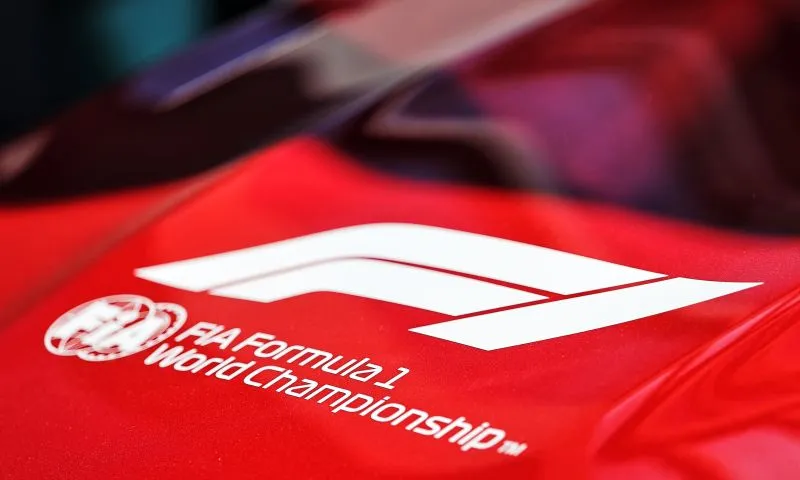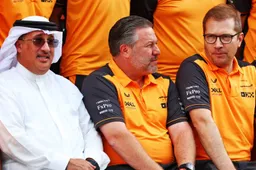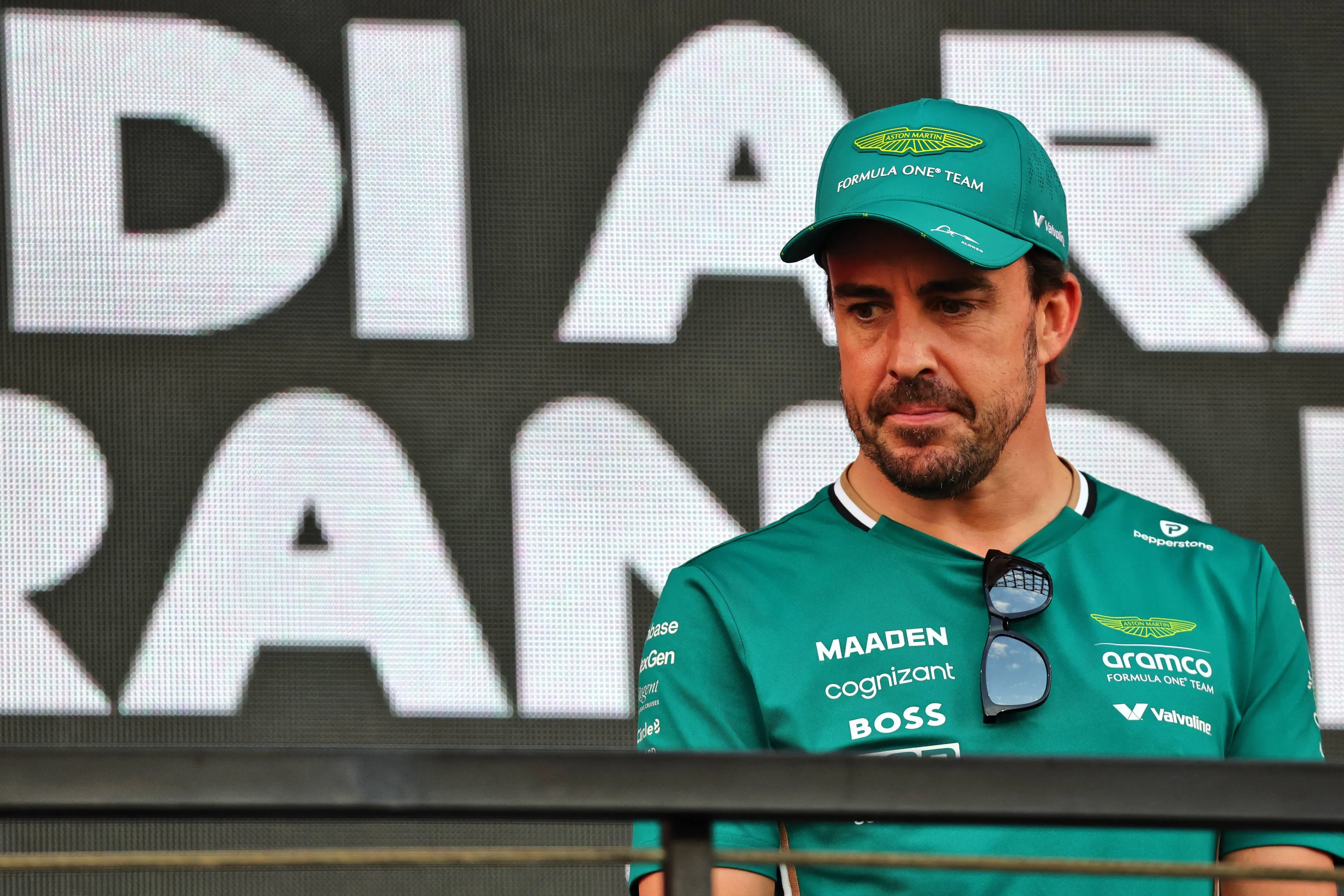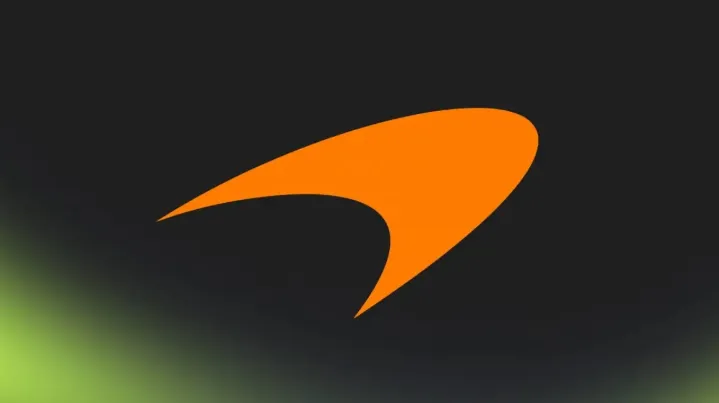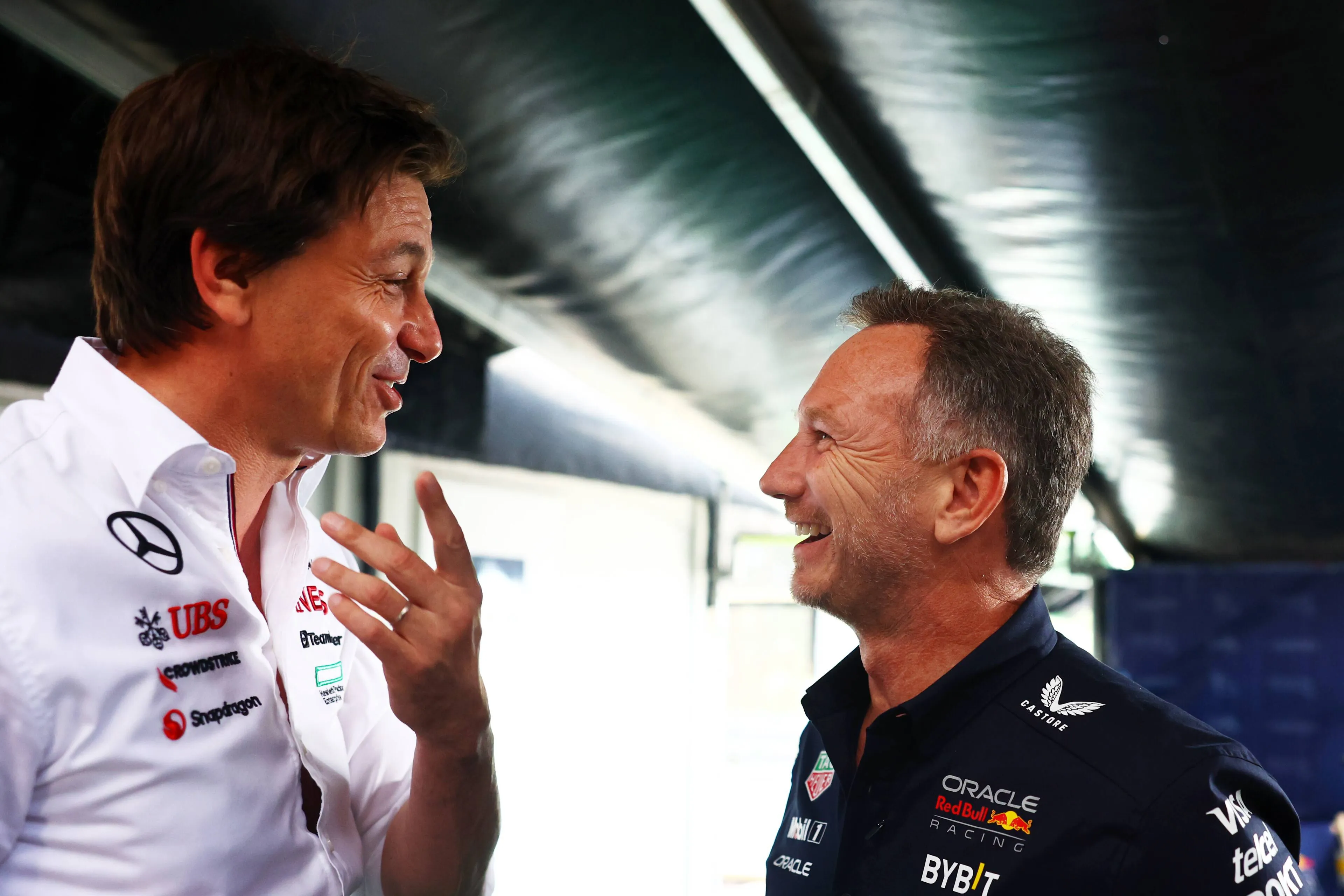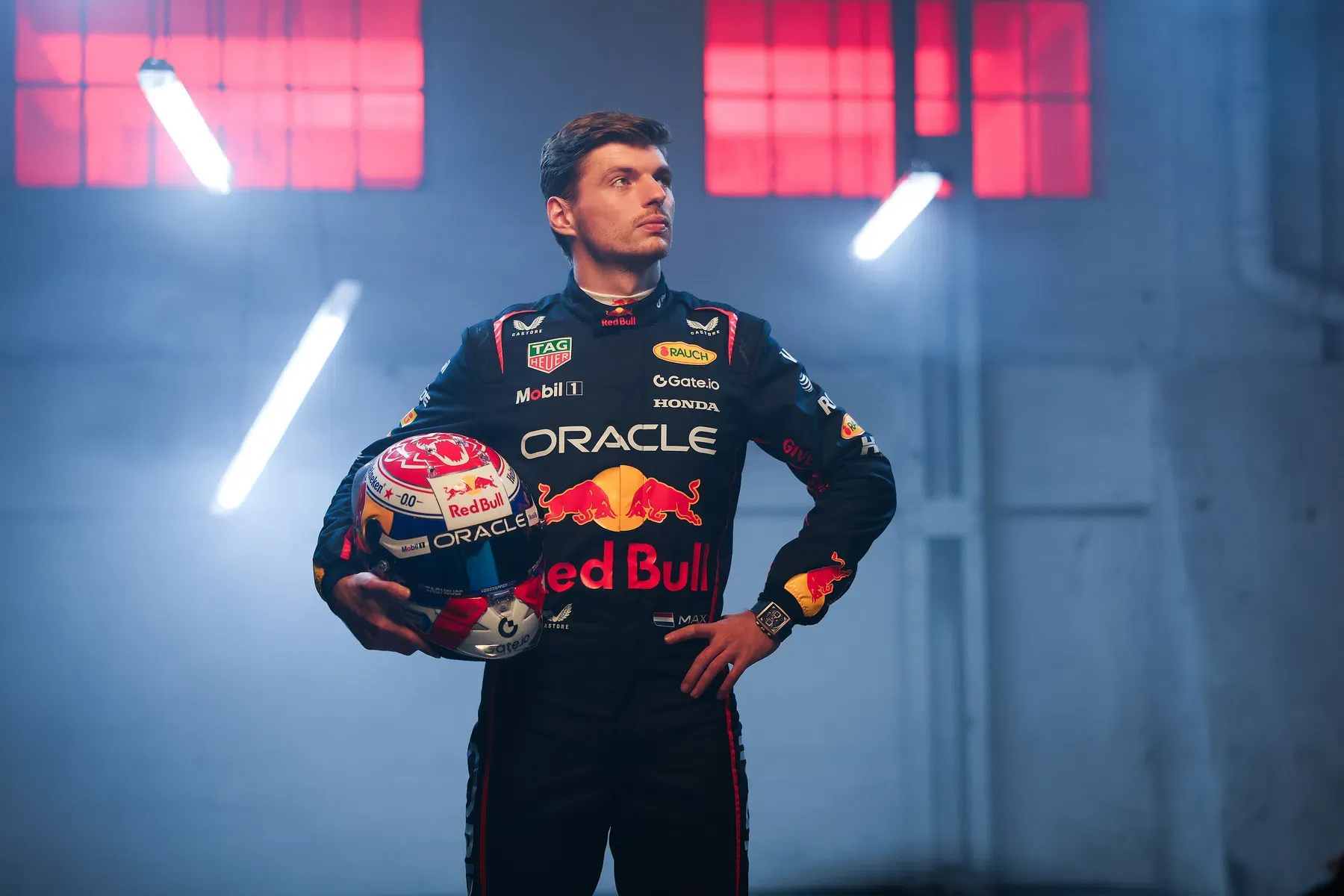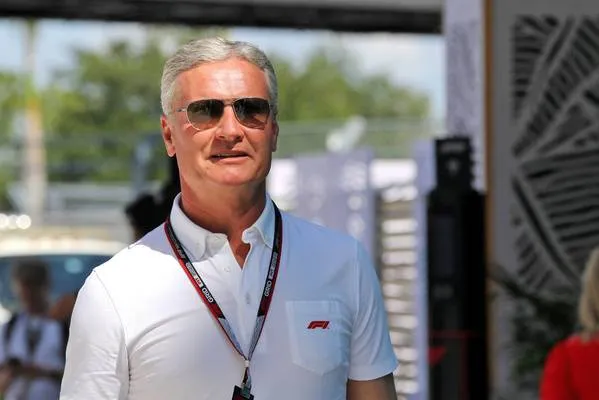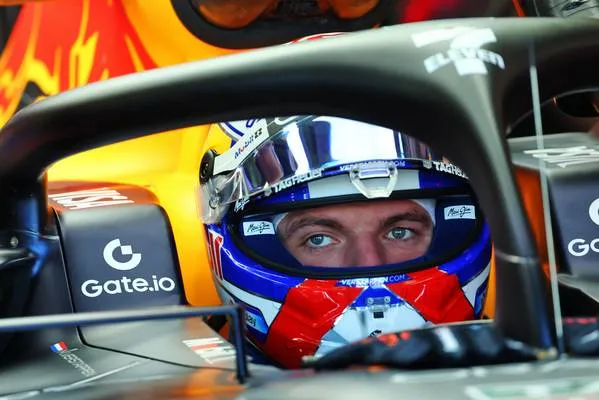Formula 1 represents the elite of open-wheel racing. However, a few years ago the category's success suffered a setback, with declining profits and a disaffected fan base. In this unsettling context, Liberty Media emerged, which in 2017 decided to take over the Formula One Group, responsible for the commercial rights and promotion of Formula 1. From this moment on, we saw a radical change in the brand in all respects. Through a revolutionised social strategy, a new broadcasting management and a massive use of data, Formula 1 became a true entertainment brand.
Bernie Ecclestone had been at the helm of Formula One for over 40 years. Despite several merits, Ecclestone's management left some perplexity. After several years marked by success, the last period of Ecclestone's management saw a drastic drop in revenue and, above all, disaffection on the part of the public, especially the younger generation. The brand was defined as an 'old boys club', a passion reserved for an elite, separated from everyday life and the new emerging realities of the 21st century. In this context, a 2014 statement by Ecclestone himself became famous: "I don't know why people want to get to the so-called 'young generation'. Why do they want to do that? Is it to sell them something? Most of these kids haven't got any money. I'm not interested in tweets, Facebook and whatever this nonsense is. I'd rather get to the 70-year-old guy who's got plenty of cash'. Public disaffection had translated into a drastic drop in fans: in 2016, the sport had 40 per cent fewer fans than eight years earlier. Furthermore, Formula 1 was considered boring, due to the lack of diversity of winners, especially in the 2010s.
Liberty Media arrives
Liberty Media's goal is simple: to turn Formula 1 into an entertainment brand and bring it back to the success it deserves. The first step in this direction was the creation of the company's first real marketing division, absent under Ecclestone's management. From this moment on, the strategy branched out.
Know your audience
Upon taking office, the new owners set themselves one priority: to get to know their public thoroughly and to understand what they expect from the company. The first three months are entirely devoted to this objective. There is an immediate shift from an approach based on expert judgement, typical of the Ecclestone management, to a data-driven approach.
Through these months of research, Formula One Group is able to identify the fan base it needs to focus on to expand: young people, the very group ignored by Ecclestone's aforementioned statement. Furthermore, it has understood what fans expect from Formula One: more involvement. Fans want to experience the races more closely, they want to know more: all of which in Ecclestone's time was partially prevented by very restrictive rules.
The social strategy
The first step to effectively target young people was to approach social media directly. Liberty Media's new approach included an increased presence on various social media platforms, in order to bring fans closer to the product, to provide them with a more immersive experience. To do this, in addition to publishing more content, including behind-the-scenes footage and interviews, Formula One Group relaxed restrictions on the different teams and all external actors in general regarding the sharing of original content. The strategy proved successful, as Formula One was the fastest-growing sport in the first three years of Liberty Media management.
Broadcasting
Formula 1 is a global brand, with races touching 20 countries, and this also includes a capillarity in its broadcasting. While in Europe Formula One Group makes agreements with local broadcasters (in Italy, for example, Sky has the rights to Formula 1 until 2027), the situation is different in the US. In 2017, NBC withdrew its previous offer of 40 million per year for 7 years for the F1 rights, frightened by the new owner's intention to launch their own streaming service. ESPN therefore won the rights without having to pay any money, thanks to the cancellation of the agreement with NBC.
Formula One Group, meanwhile, launched their own streaming platform: F1 TV. Liberty Media's objective was to attract a new audience through ESPN's convenient offer. This partnership proved to be particularly lucrative, as in the 2021 season, the US Formula One Group saw a 58 per cent increase in cumulative audience over the previous year. Once this new pool of fans had been won over, the next step was to hook them through the premium (and paid) content offered by the platform.
Conquering America
Liberty Media's efforts to manage broadcasting in the United States underscores how one of the new ownership's main objectives is to expand into the North American state. In this country, Formula 1 culture has always struggled to establish itself for several reasons: the great competition from local sports, the lack of leading drivers and Grand Prix on American soil. Liberty Media, not surprisingly a US company, decided to invest in this, proceeding with a slow but effective 'Americanisation' of Formula 1.
The first step was to enthuse an audience that was historically not fond of the product on offer. To reverse the trend, the ownership followed the same strategy it implemented to win over young people: greater social presence, more analysis and insight into the sport, the creation of original products on major platforms (e.g. the docuseries Drive to Survive [Netflix, 2018-]). This strategy is geared towards a greater understanding and awareness of Formula 1 and we can see the first steps already taken by Liberty Media in this direction.
In 2023, the new Las Vegas Grand Prix will bring the number of races hosted by the nation to three. The last Austin Grand Prix was a huge success, with no less than 440,000 fans attending over the course of the race weekend. Finally, it was news a few weeks ago that American Logan Sargeant will replace Latifi at the helm of Williams in 2023.
The data
Liberty Media used data to identify its target audience and understand it in order to direct its engagement strategy. Once the audience's expectations of the brand were discovered, Formula One Group made a decisive move: in order to accumulate as many statistics and numbers as possible about the drivers' performances and beyond, it partnered with Amazon Web Service (AWS).
Thanks to this partnership, a huge number of sensors have been installed inside the race tracks and the race cars themselves. The data obtained not only serves drivers and teams to improve the performance of their cars, but is also transformed into exclusive content accessible via F1 TV. Thanks to this process of datafication, for example, an all-time ranking of Formula One drivers is being drawn up, comparing the immense amount of audiovisual material available to the Formula One Group.
The data have thus made it possible to direct the entire Formula One rebranding strategy, both on an extra-sports level, e.g. through social media and broadcasting, and within the races themselves.
More spectacle
Another of the public's interests was for the races to become more spectacular. Between 2010 and 2017, only three different drivers(Sebastian Vettel, Lewis Hamilton and Nico Rosberg) won the Formula 1 drivers' world championship and only three teams (Red Bull, Mercedes and Ferrari) competed for the majority of podiums each Sunday. The races had indeed become predictable and boring: a change was needed in this regard as well.
Formula One Group decided to introduce a budget cap from 2021. This cap represents the maximum amount of money that can be used for car development by all teams. However, in view of the affair involving Red Bull's budget cap, its operation needs some tweaking.
In the same year, Sprint Races were introduced: mini races, run on a Saturday, the outcome of which determines the starting grid for the Grand Prix. This addition, although contested by many, is designed to bring even more excitement to the Grand Prix weekend. After two years of testing, with only three events during the season, the number of Sprint Races will double from 2023.
Brand success in numbers
Five years after the acquisition by Liberty Media, it is fair to say that the new ownership is succeeding. By the end of 2022, Formula 1 is expected to have reached one billion spectators and 77% of these should be under 35 years of age. In the US, it is even the sport with the youngest average fans (32 years old, compared to 42 for basketball). The brand has over 21 million followers on Instagram, 10 million on Facebook, over 8 on YouTube and Twitter. Finally, perhaps the most significant fact: the group's shares have increased by 250% since 2016, the year before the acquisition.
The biggest challenge facing Liberty Media is to continue to improve and expand in all these aspects so that Formula 1 will be recognised in all respects as an entertainment brand.
Read more about:
Popular on GPBlog
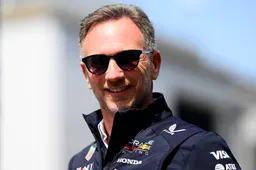
1
Horner accused of being a 'master politician' after wind tunnel correlation issue claim
756 times read

2
F1 Commission meeting: '2026 F1 engines will change'
740 times read
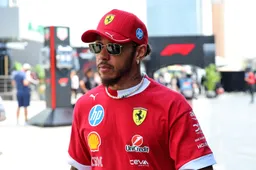
3
Schumacher sees Hamilton struggle: 'Might stop already after 2025'
707 times read

4
Stella blames Hamilton for McLaren mishap
667 times read
